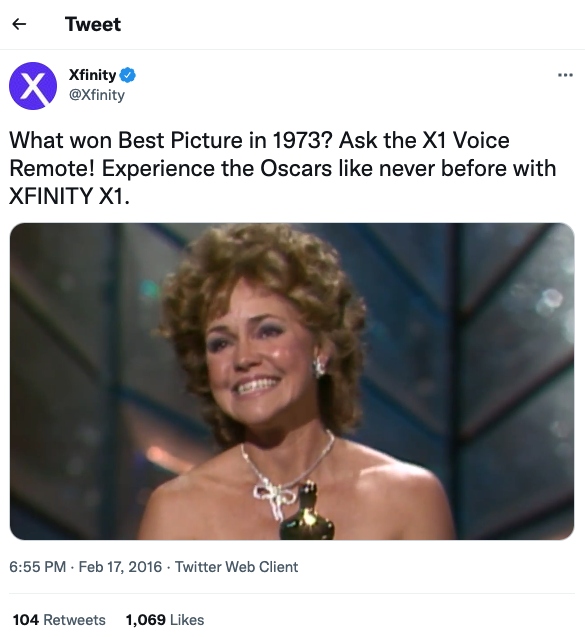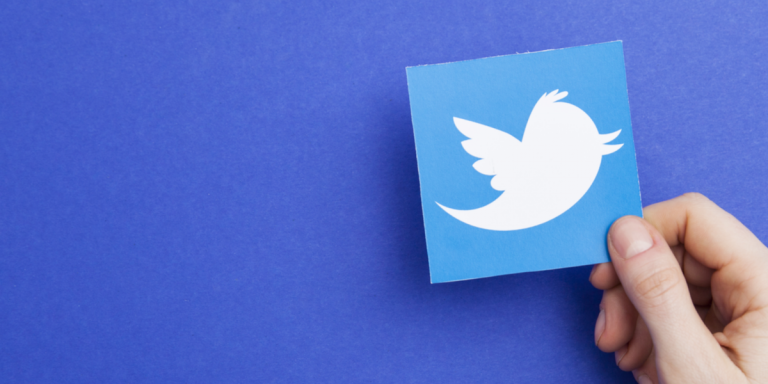As an advertising platform, Twitter has a lot of advantages, but there’s one particular drawback: Twitter ad copy specs are quite limited. Twitter is actually the original when it comes to limited character counts; they were famous for their “140 characters at a time” approach. Lucky for us, in 2018, Twitter doubled the character count to 280. But it’s still a challenge for copywriters to use the limited space to build convincing ad texts.
A Short Twitter Ads Guide?
Twitter has five basic ad formats: text, image, video, carousel, and moment. No matter which you choose, Twitter ad specs allow a maximum of 280 characters for the copy. You’ll also need to choose a Twitter “handle” of maximum 15 characters and a display name of maximum 50 characters (the handle shows the “@” in front of it, while the display name appears in bold next to the handle).
It’s important to note that adding CTAs, hashtags and links to Twitter ad copy will cost you. CTAs and hashtags subtract characters from the total on a 1:1 basis, while links are worth 23 characters. Ouch – that’s about 10% of your copy, just for a link.
Best Practices for Creating Twitter Ad Copy
What are the most effective Twitter ads? That’s like asking ‘what shoes are the best?’, because the answer is, ‘it depends’. Ultimately, it hinges on what you are selling and to whom. The audience for lawnmowers is not the same as it is for French perfume. The moral of the story for copywriters is to create the ad based on the audience. But it helps to start with a few general pointers:
Use time limitations to inspire conversion
Notices of limited-time sales, pending stock outs, and early buy discounts are just a few of the ways to create FOMO and encourage the audience to click through. Psychologically, and because there is so much to look at on Twitter, people tend to glance at advertisements if they are not looking for something specific at that moment. But standing out with an urgent announcement can grab their attention and get the audience to think ‘well, maybe I’ll find something interesting, and for cheap’. Even a slight improvement in traffic due to a sale can result in a better conversion rate. Still, take care not to announce too many promotions, because the audience will soon figure out that the sale price is just a hyped up standard price, and their trust in your brand will disappear.
Include hashtags sparingly
As mentioned, hashtags reduce your character allowance for actual ad texts, so it’s important to use them only when they are worthwhile. Hashtags are employed in the first place because they will enable your Tweet to appear on trending feeds and news outlets. They also behave as a mediating link for articles and other social media platforms. This is great if you are looking for a big, vague audience. But with ads, you are better off targeting ads towards potential customers. Moreover, if you insert a high-performing hashtag, you could appear along with many other associated advertisements and Tweets in general. Instead, consider using a less popular hashtag, or going more for the technical targeting tools that Twitter provides.
Never forget a CTA
Unlike hashtags, CTAs are vital. Having an ad without one is like having a door without a key – for people reading your ad, they have nowhere to go from here. There are lots of tips about creating good CTAs, but two basic rules. The first is, if you are using an image, then the CTA must match the image. For instance, if your ad mentions a sale, then the CTA should relate to “buy now”, and not “learn more”. The second is, the text and the CTA must be connected. If the ad copy is about running shoes, then the CTA should take the prospect to a page about running shoes, and not your general inventory.
Free stuff can sell
A contradiction in terms? Nope. Giving prospective customers the chance to experience your product free of charge, or learn more about something related to it with a free white paper, might convince them to convert.
Connected to this idea is the seemingly ‘unrelated ad’. A popular (and perhaps overused) method is to offer, for example, a free IQ test. Upon taking the test, the audience is shown the product range. Done right, this concept is a winner. Take a look at XFINITY’s ad below, which seems to be about the Oscars, but which is actually about a voice operated remote control.
Twitter Ad Examples
Weird Twitter ads are a thing, but as marketers, we should pay more attention to copy that is compelling from a business point of view. Following are examples of Twitter ads that illustrate some of the points discussed above and which make great use of language that leads to conversion.
Slack
Asking a question is a classic method to draw attention. This ad from Slack combines humor and curiosity that encourage the user to learn more (and there’s no hard sell, which makes clicking the link a no-risk proposition).

Travelocity
Everyone likes a sale, and promoting discounts in an ad is an essential tool to create time-pressure as a way to increase engagement. But how you announce a sale is also important. In this ad, Travelocity mentions percentage and not actual dollar amounts because 40% sounds a lot more significant than whatever dollar figure the customer will actually receive. Plus, in general, using numbers allows your text to stand out.

XFINITY
Well, XFINITY broke a Twitter guideline by using all caps. But they did a great job of tying in their promotion with a timely event. Plus, they start off with a question, which is another example of creating curiosity.
Check this article if you wish to get more tips on writing copy that converts.

@Anyword4Twitter
Looking back on all the information you need to write quality ad copy for Twitter, you realize “wow, that’s a lot to cram into 280 characters”.
But that’s the point. Twitter users are not there to plow through dense texts. Twitter character limits are small because the audience wants it short and sweet.
So, as a busy marketer, how do you deal with making the most of your Twitter ad budget with all of the other social media accounts that you handle, on top of every other task on your list?
Luckily, there’s also a short and sweet solution for creating effective Twitter ad copy.
Anyword’s AI copywriting provides an automated platform that builds Twitter ads for you. These are not run of the mill, generalized texts that can be posted anywhere. Anyword’s artificial intelligence engine designs ad copy based on a huge collection of other Twitter ads, and how persuasive they were at converting your particular audience. It picks up the style elements of successful Twitter ads and applies them to yours. What you get are ads made with a few clicks that will probably do as good a job as any writer, or perhaps better.
That’s because Anyword has a range of functions that optimize ad copy. For instance, Anyword’s Custom Mode actually mimics the writing style of any text that you input. If you’ve seen an ad with language that fits your brand exactly, just plug it into Anyword, and it will write your Twitter ads in that style.
Or, take the Continuous Optimization feature. It will constantly post and repost Twitter ad copy and analyze conversion rates until it gets to the version with the best performance. In the meantime, you can take care of all your other social media ad copy. Or not, because Anyword has a solution for many of them as well, including Facebook, LinkedIn, Google, and Pinterest.
All you need to do is input a URL and your industry type. You can also include keywords and the writing style that you prefer. Anyword follows up by creating numerous Twitter ad text variants, along with a predictive performance score that indicates how well it will convert.
More and more marketers are discovering that they can’t get the same results without Anyword. Stop trying to Tweet it all yourself, and try out Anyword’s free 7-day trial.


